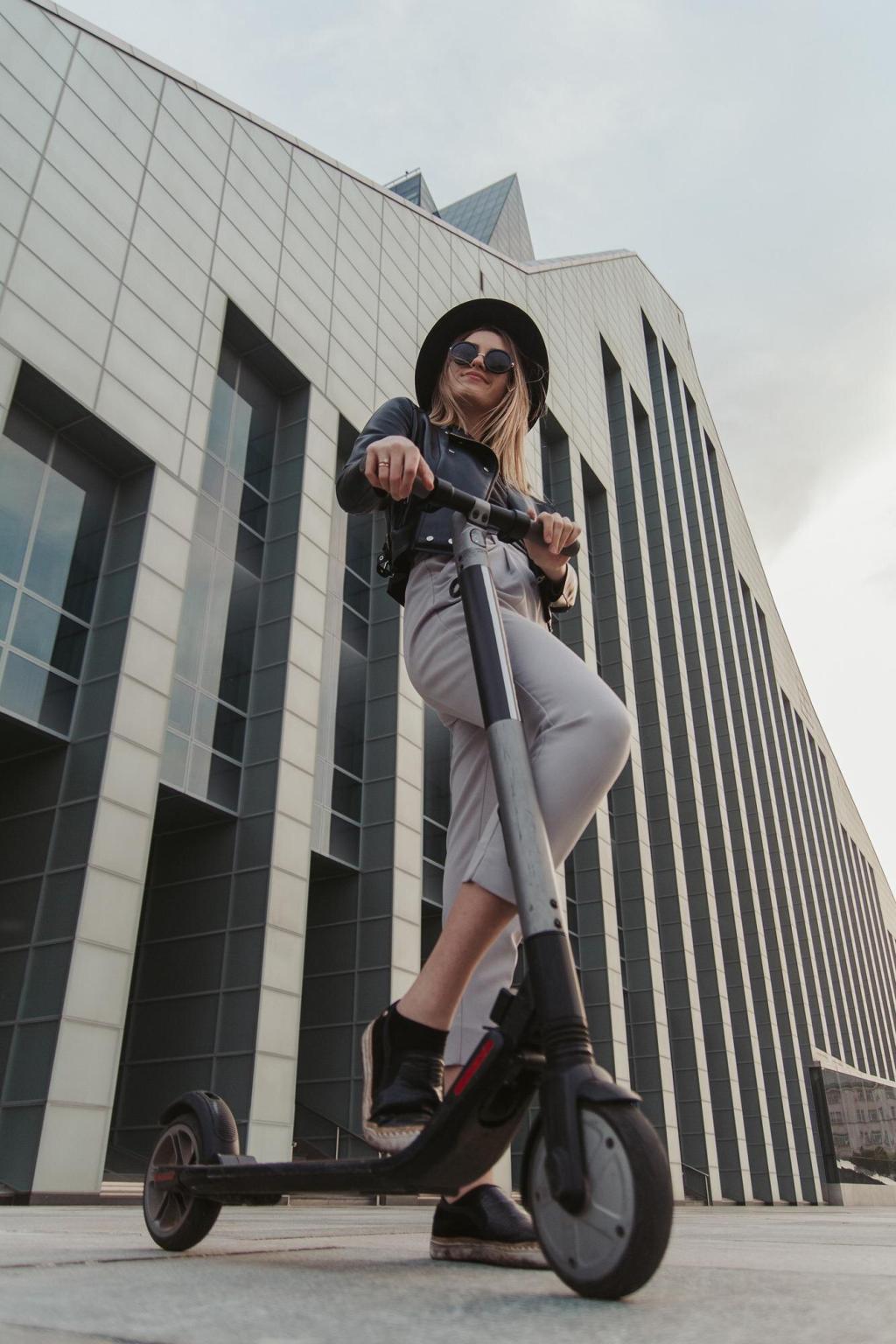Energy Intelligence: Range, Regen, and Thermal Grace
Gradient-aware regen ramps torque based on slope, grip estimation, and tire slip signals, keeping wheels planted while harvesting energy. Riders notice calmer deceleration and fewer surprises. Would you enable stronger regen by default or let profiles decide?
Energy Intelligence: Range, Regen, and Thermal Grace
Blending open-circuit voltage, coulomb counting, and temperature through an extended Kalman filter stabilizes state-of-charge, while impedance growth tracking estimates health. Share your dataset quirks—aging curves differ wildly across cells and climates, and we want your stories.




